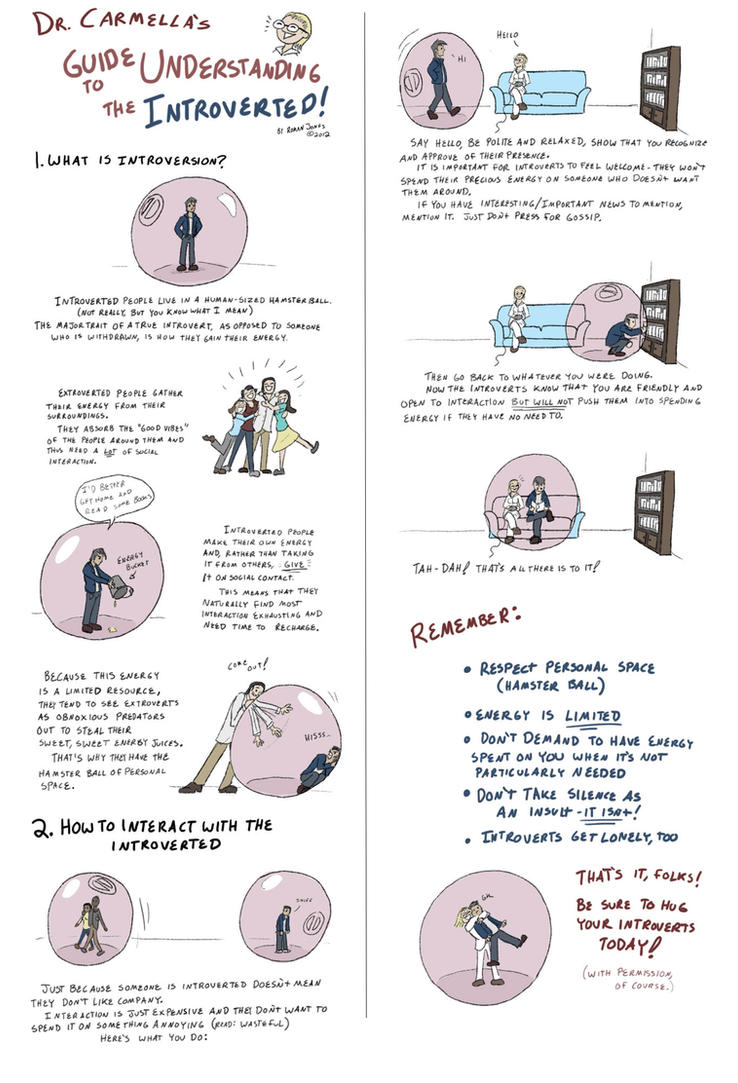| This is my contribution to the blogcarnaval of the LOSmakers. The subject is online sharing of knowledge and experiences. "We all talk about online knowledge sharing, but who is really practising it? And if you don't why not?" If you are Dutch and want to join you can find the invitation in our LinkedIn group. The deadline is 15 november. |

I do remember that it was very exciting to throw something openly on the Internet. There's a picture of my bike - no idea why :). Probably I found a bike picture very personal. As you can see there are 4 positive comments, from my fellow participants in an online course on facilitation. I started because I was inspired by Beth Kanter who was together with me in this course. These comments gave me the courage to persevere, at least someone who read it ... I needed perseverance because it was scary to blog outloud in the public blogosphere. Sometimes people would ask me how I was able to write so personal and easy - a tone in between an article and small talk. I think this was easy because I wrote for the small group of my course and not for "everyone on the Internet." I soon realized that it is more likely that your blog is read by nobody than by everyone. What I like about blogging is that it helps to organize your thoughts and I enjoy to build something on the internet which is really mine. I had very positive feedback. I got comments from strangers (on the blog but also by mail), and it was funny when I someone during a face-to-face meeting - "oh you are Joitske from Lasagne and chips!" (that was the name of my blog). I got comments from the author about whom I had done a book review. I noticed various times that my blogpost had landed somewhere in a online course or MOOC due to the high number of clicks from the same course environment. Read more details about my first blog period in my pathway into blogging.
11 years later I don't get adrenaline anymore from comments on my blog. Besides they are often spam .. Blogging has become something normal, but also a part of my routines. The number of places where I share online has expanded (see drawing). The online space can be grouped into 8 major social networks where I share varying from public to more private spaces. Twitter and Youtube screencasts have become important but also LinkedIn groups that are more private. The number of blogs have expanded: next to my own blog, I blog for Ennuonline, our company. Yet my blog remains special because it is my own personal place, it feels different, less marketing oriented. I still enjoy share with a community feeling, knowing that there is a core group who reads it, then you know better what you need to share. This happens with some Twitter hashtags. Pinterest is in it as well, but you could argue that pinterest boards are not so much about knowledge sharing but more about content curation. The challenges that I see / feel are:
- With so many online spaces and followers: know what you want to share and where- I recently asked a question on three sites, but then you have the answers from three spaces to work with. The responses from two private communities were more relevant than through the public Twitter.
- Finding a balance in sharing and reading / responding - with blogs I manage to do so, I read more than I write, but with Twitter, I find it a challenge with so many lists. So I do try to respond to someone everyday at least.
- Continue to share about the practice. It is sometimes easier to write 10 tips .. then blogging about your own experiences or clients. It is sometimes difficult to blog about a client without the need for approval by the communications department. A related dilemma is whether you write from an expert role or from practice exploration. With 10 tips you put yourself more in an expert role, but you get closer to reality with an honest practice story and add more value to advancing the overall practice. I'm convinced!
Finding time to share online has never been a challenge to me. It's important to me, so I'll make time for. It is important for organizing my thoughts, and has become part of my routine. A month without a blog is a month not lived :).



